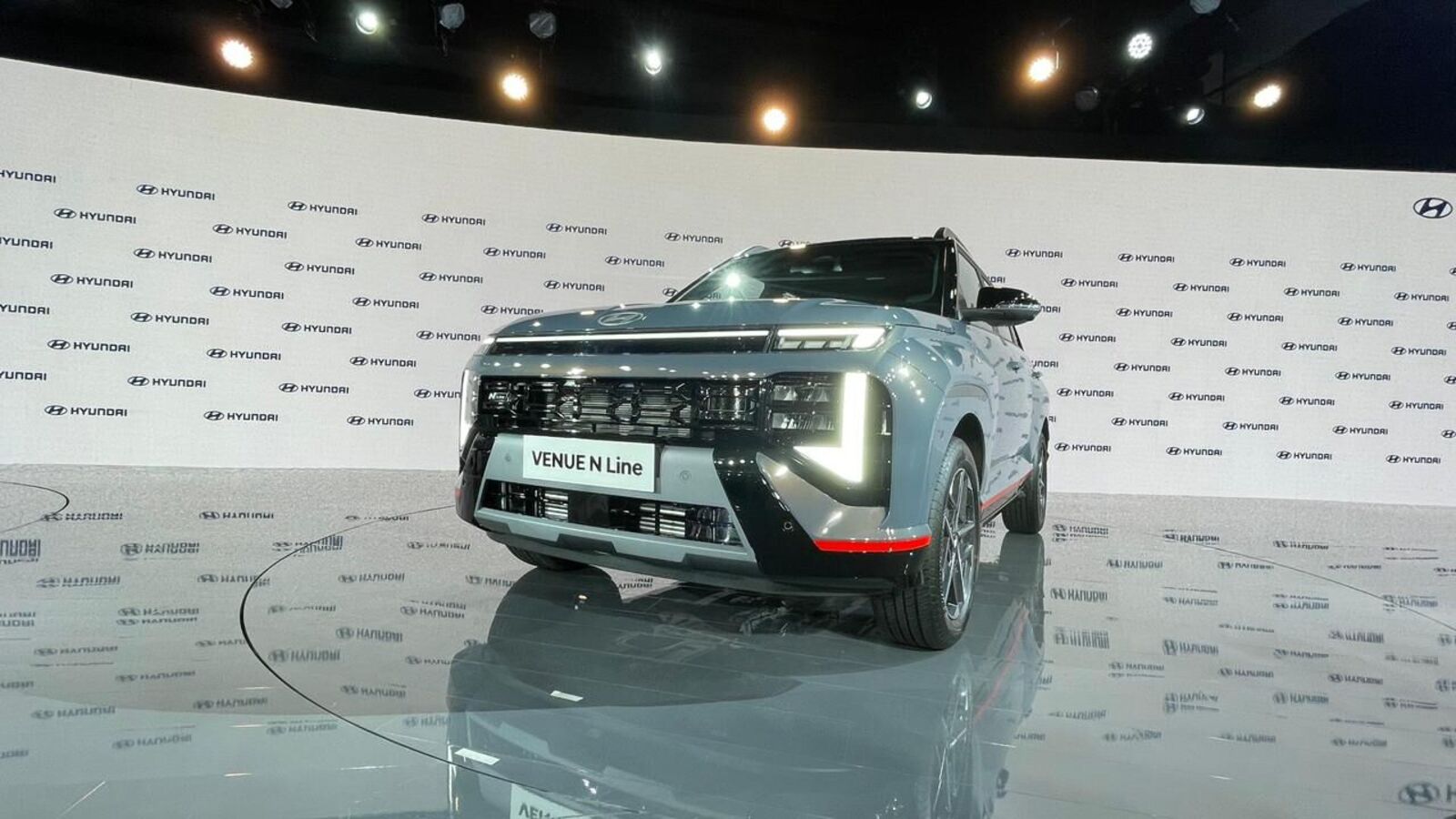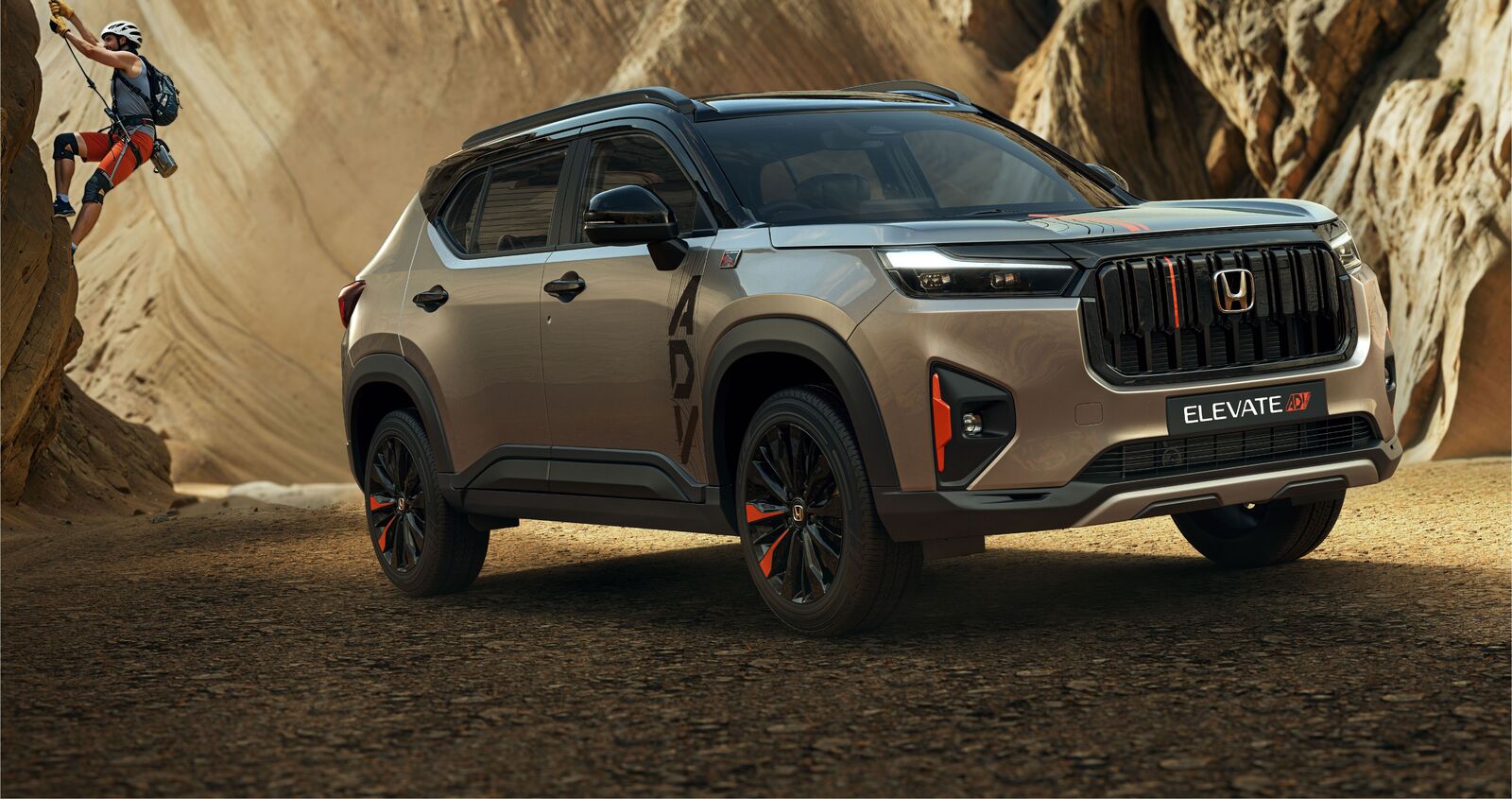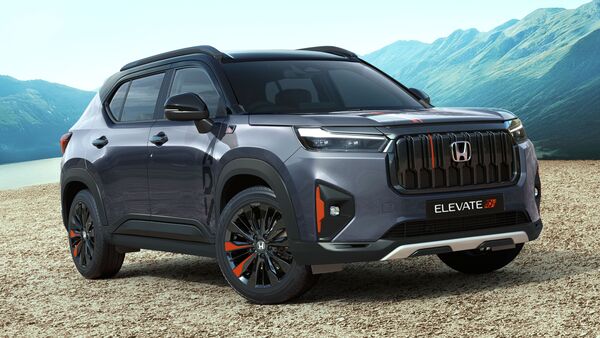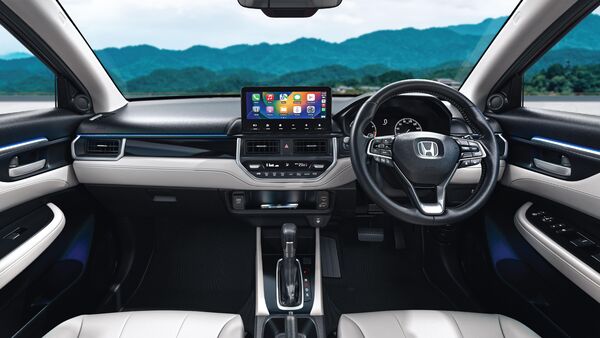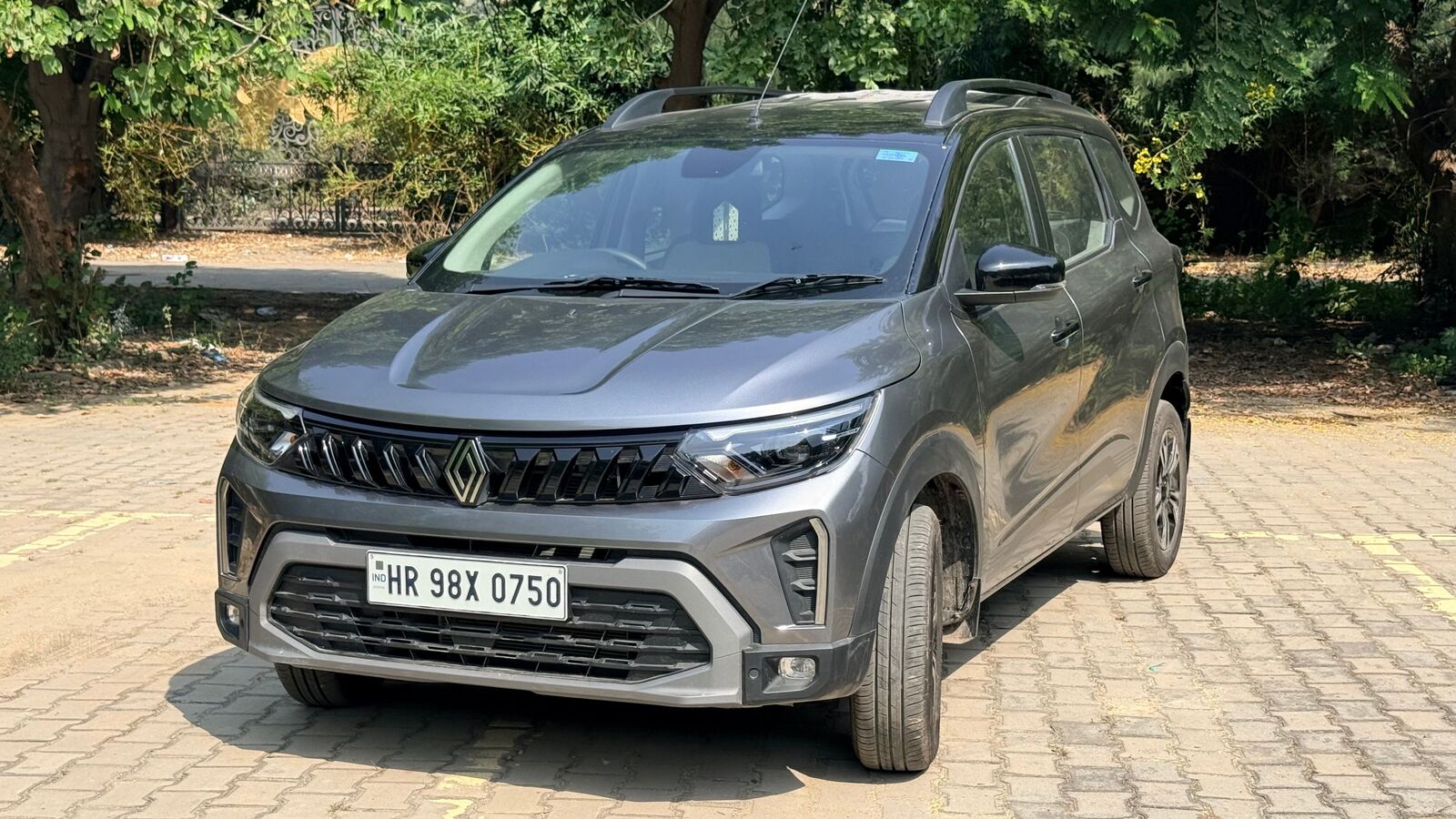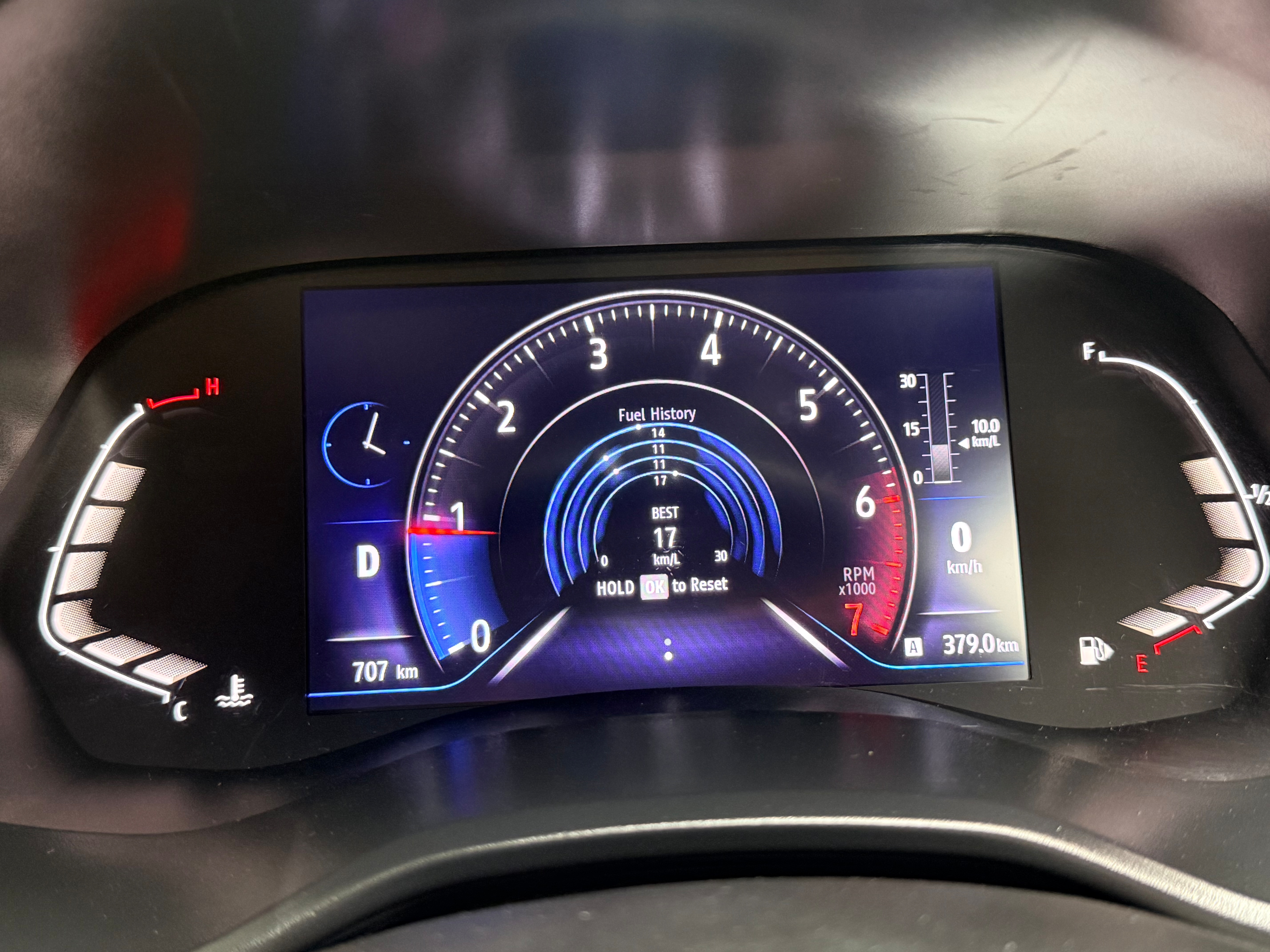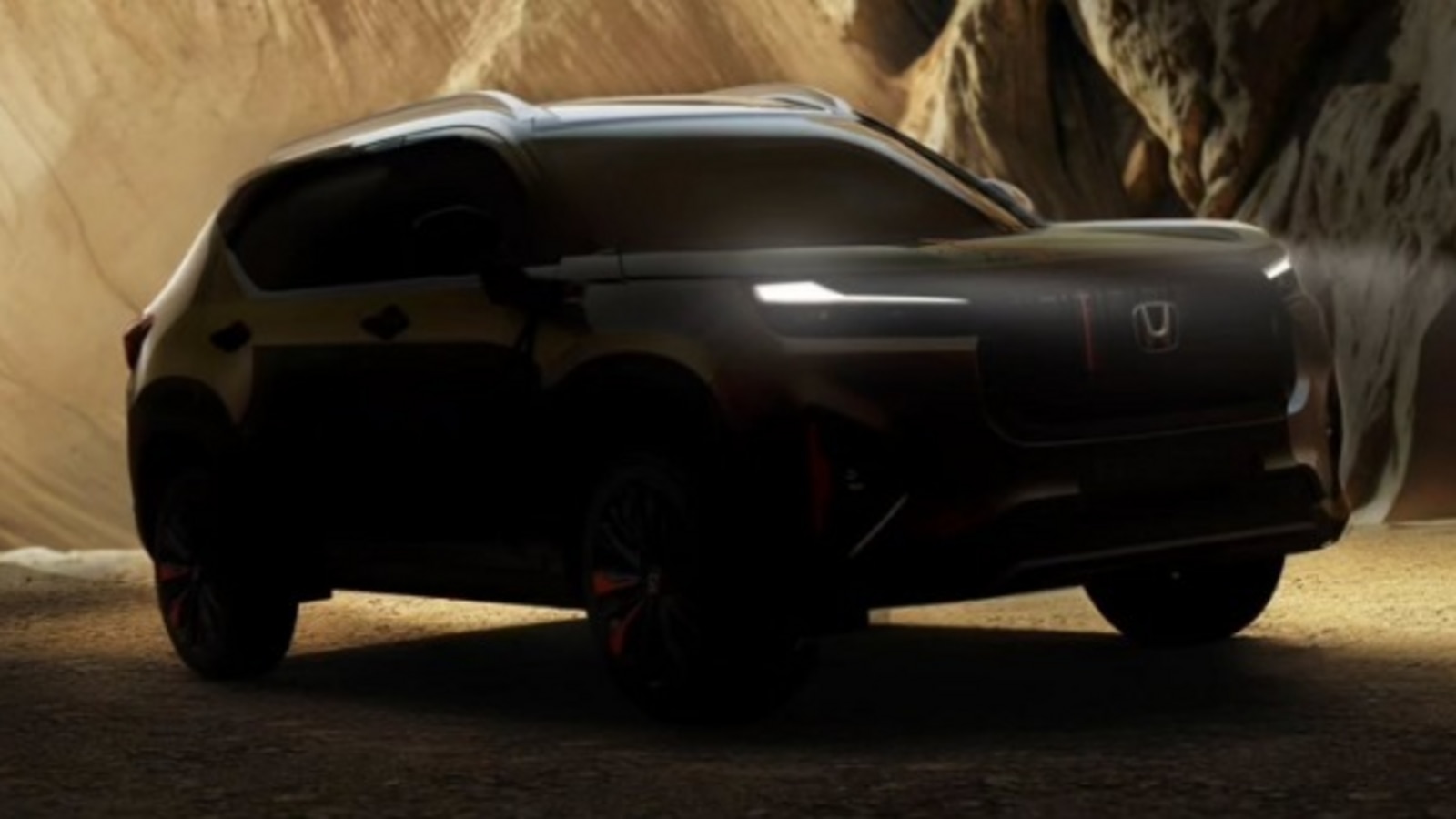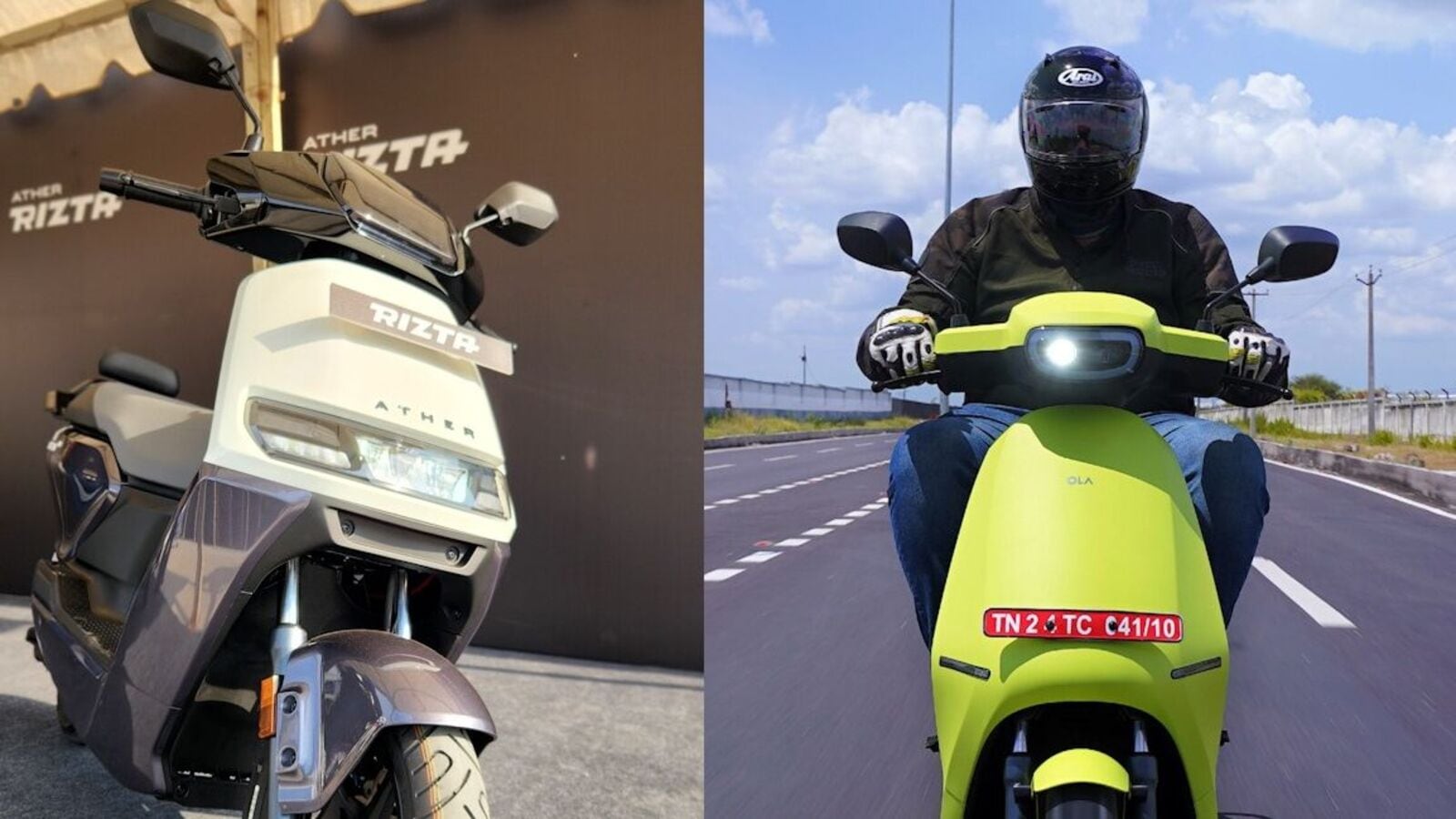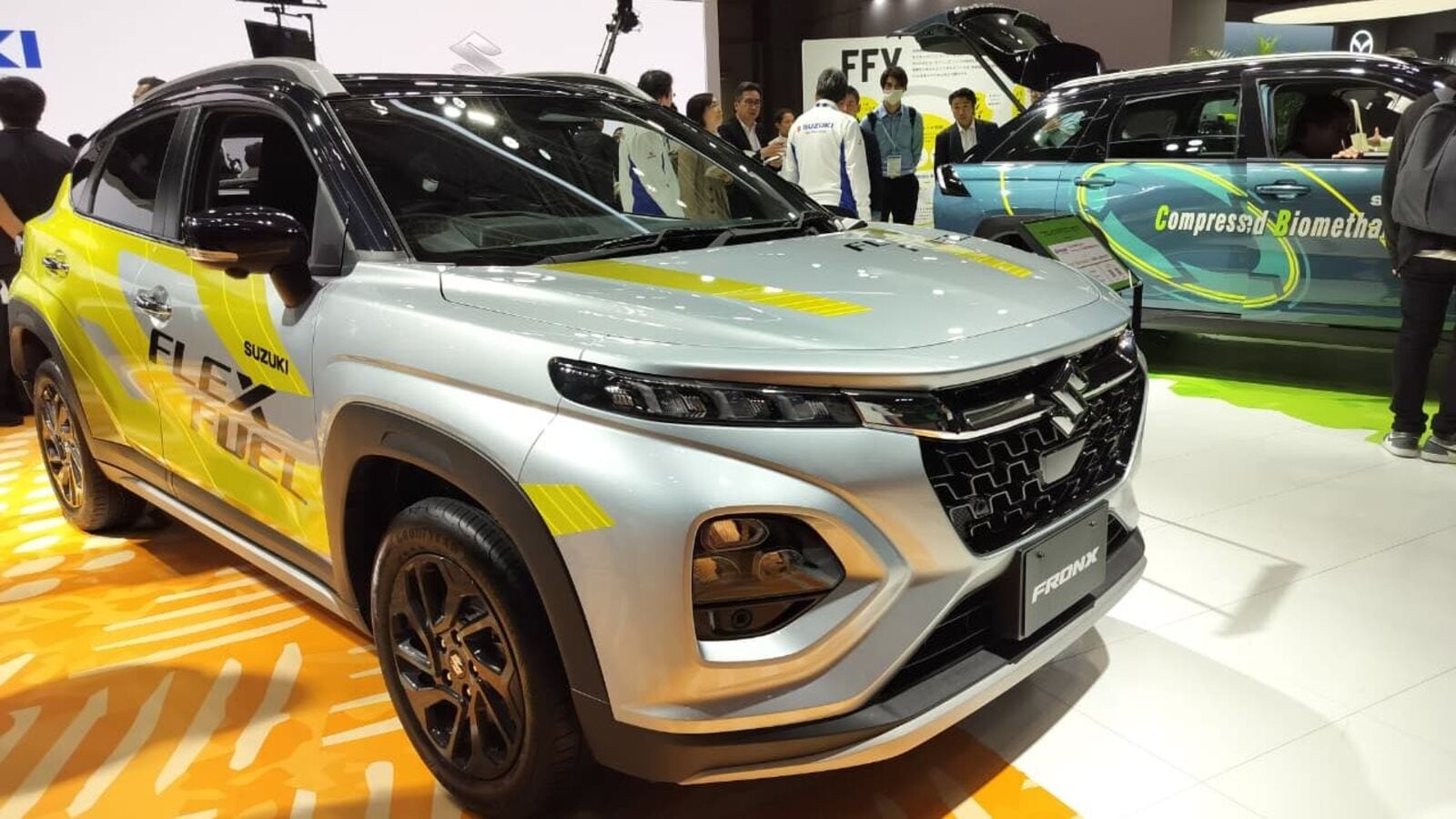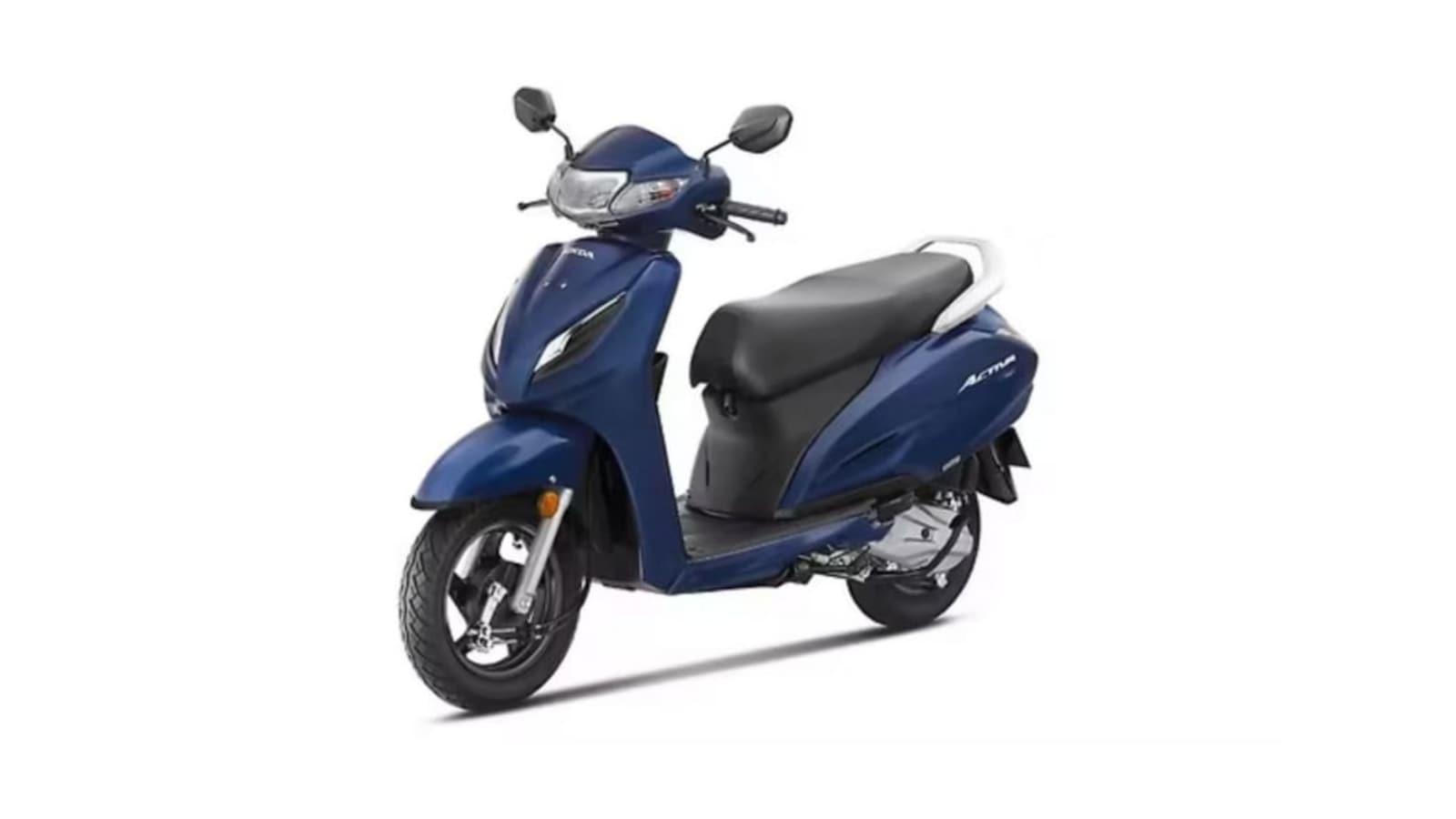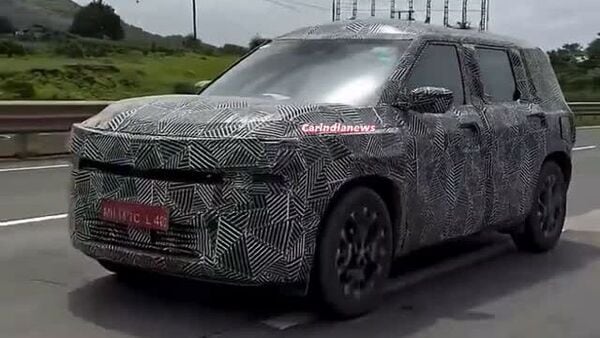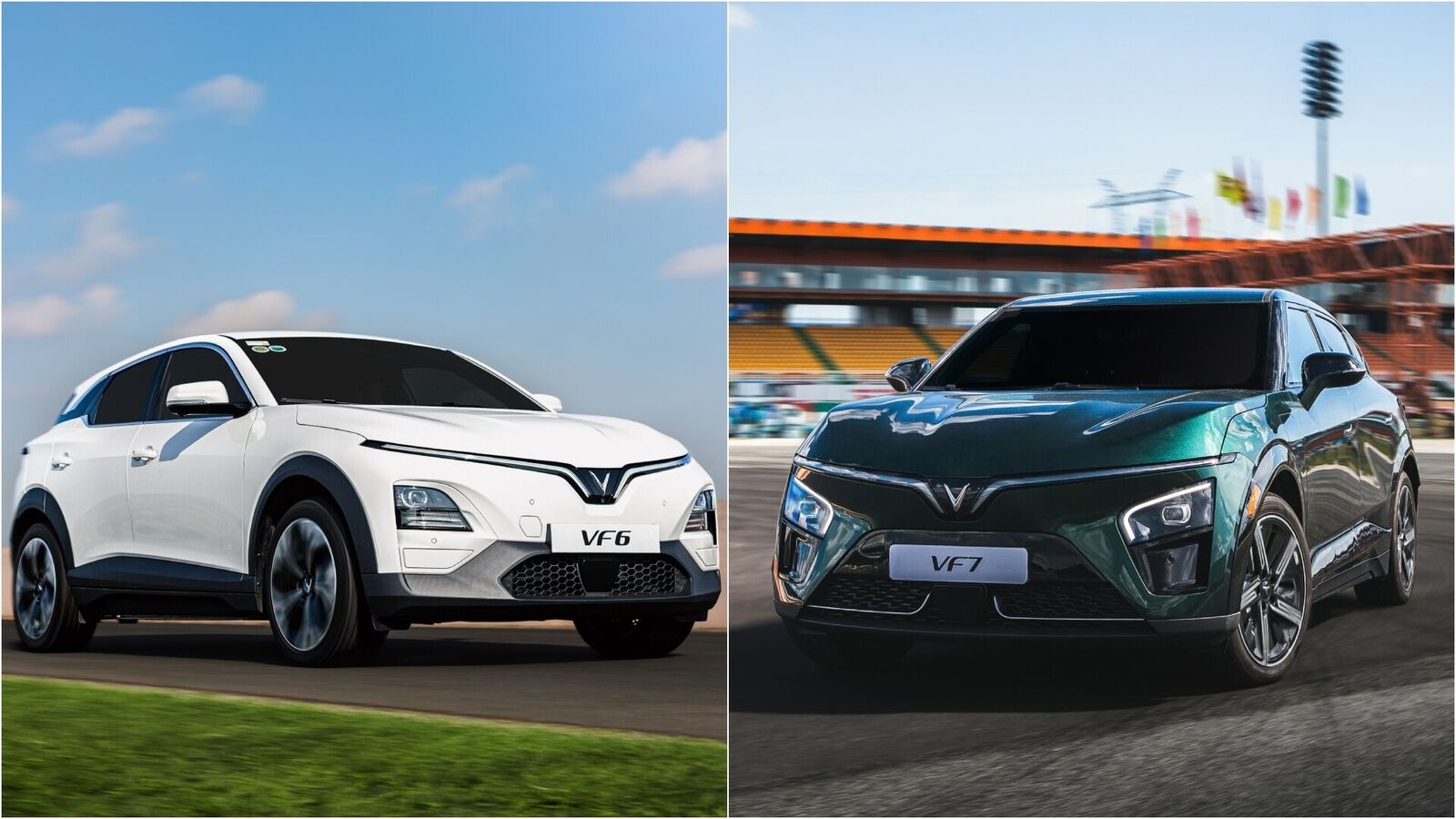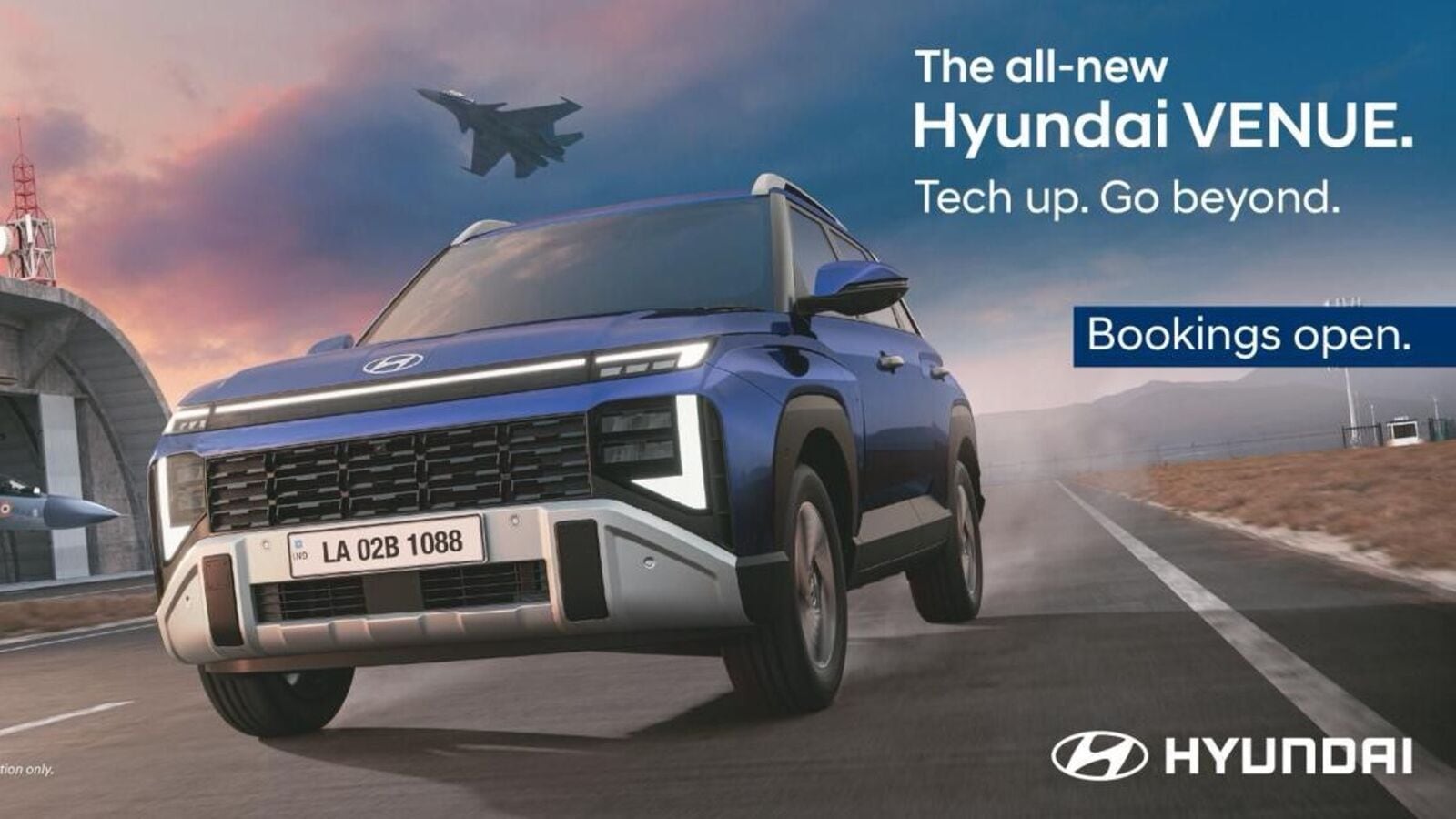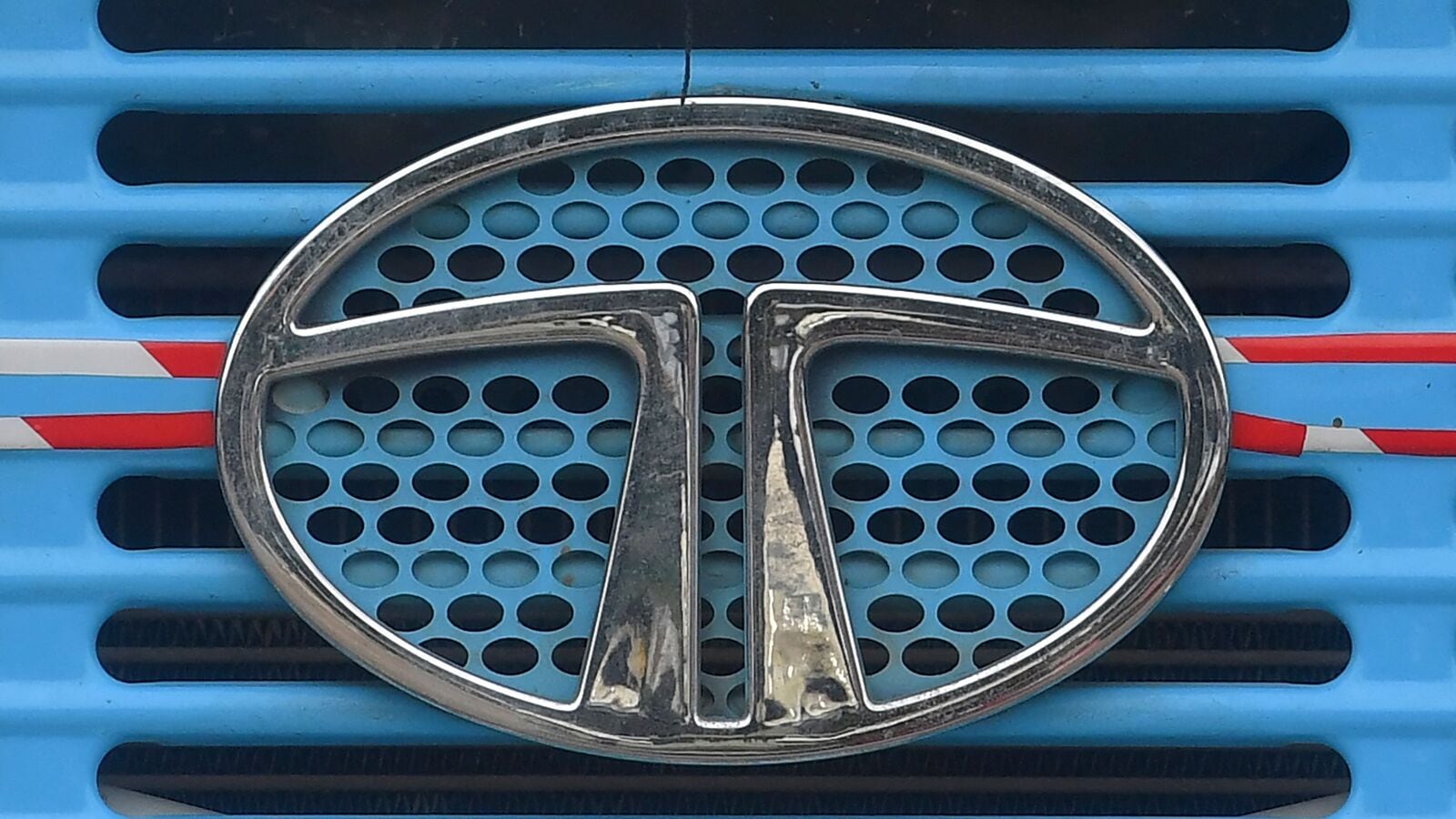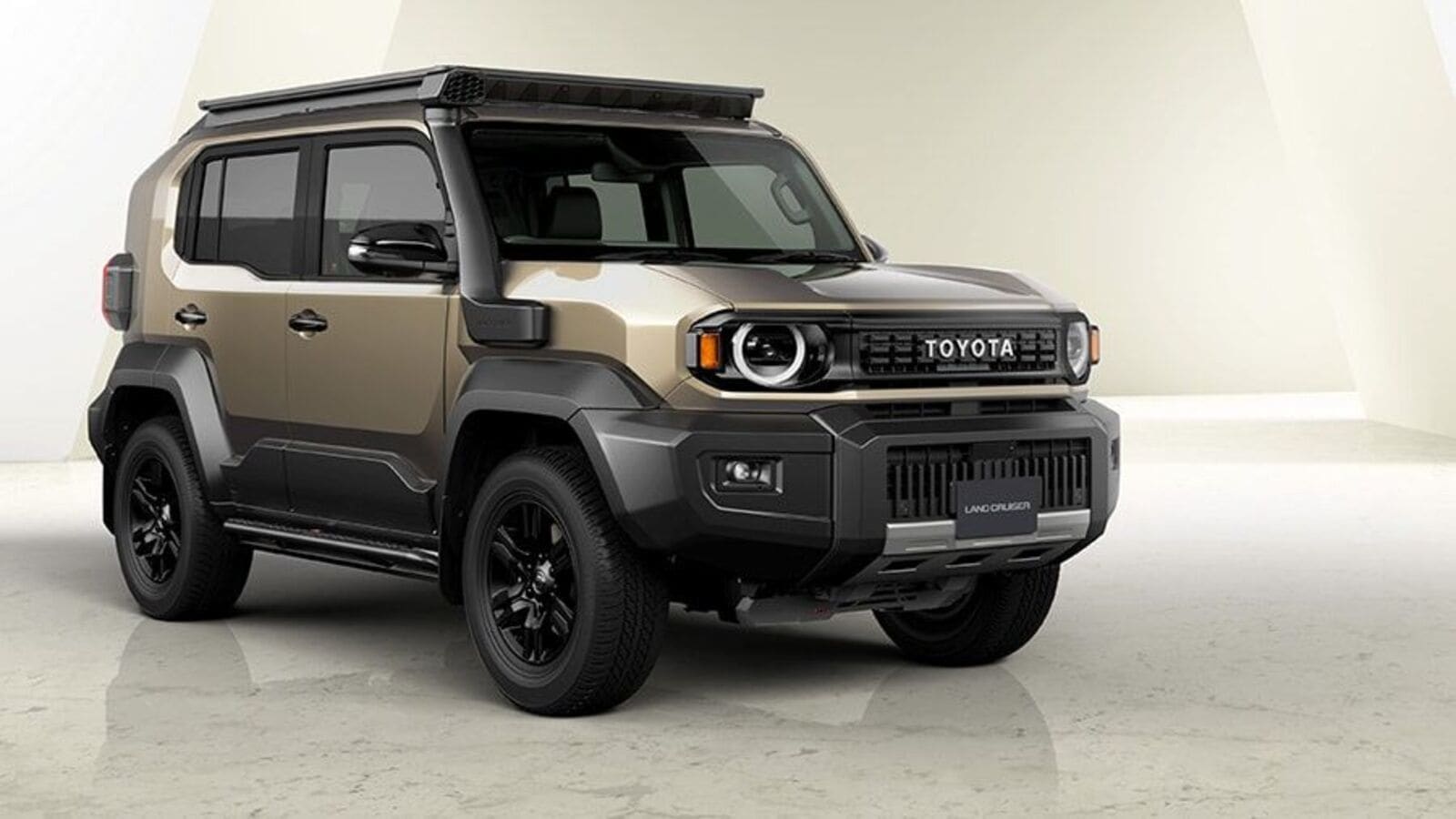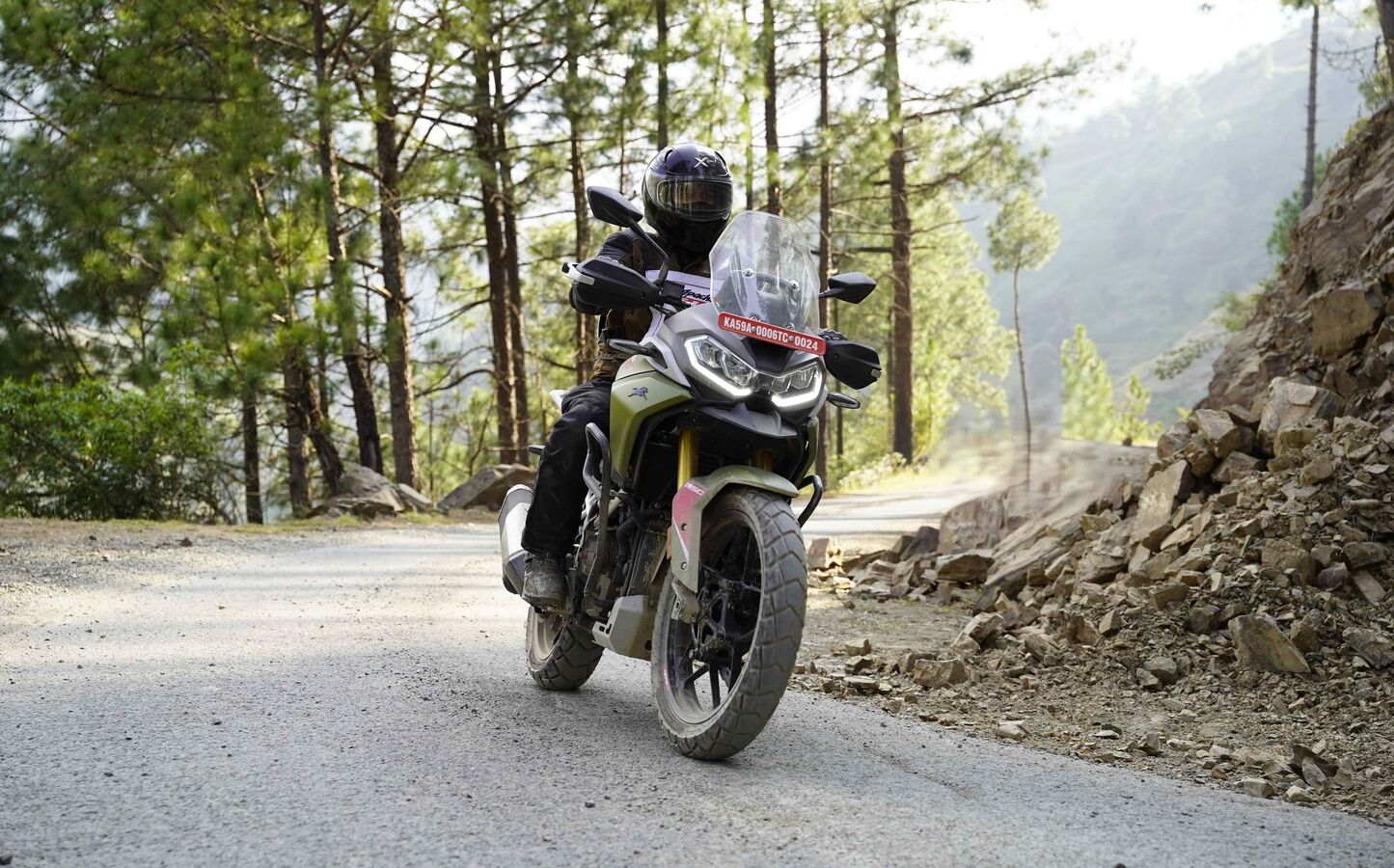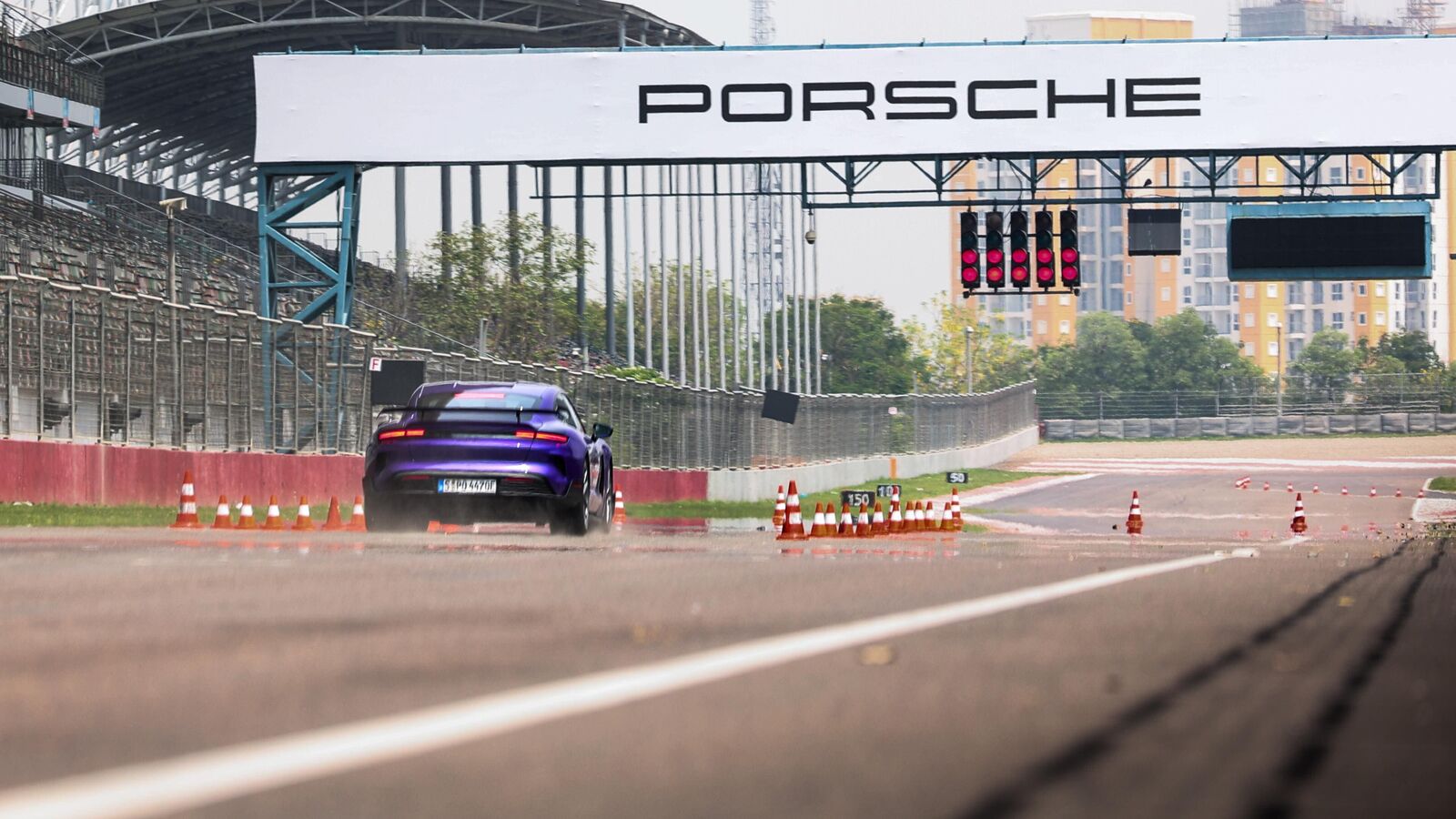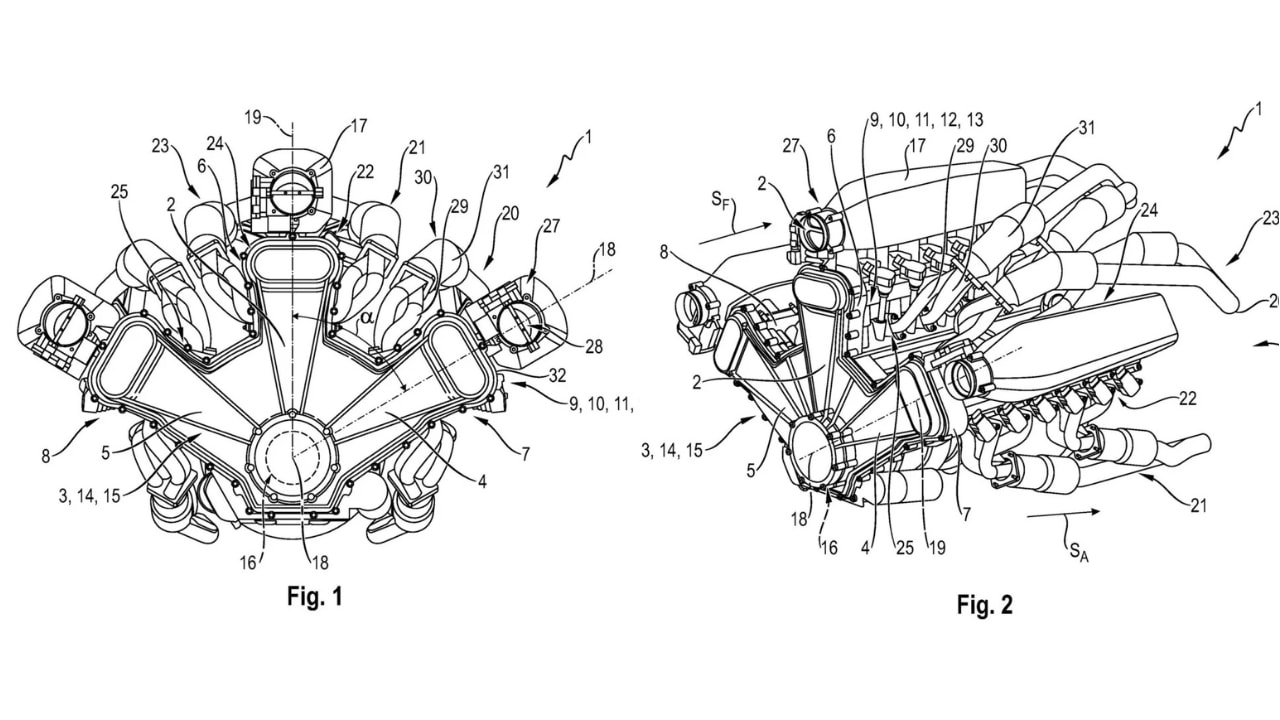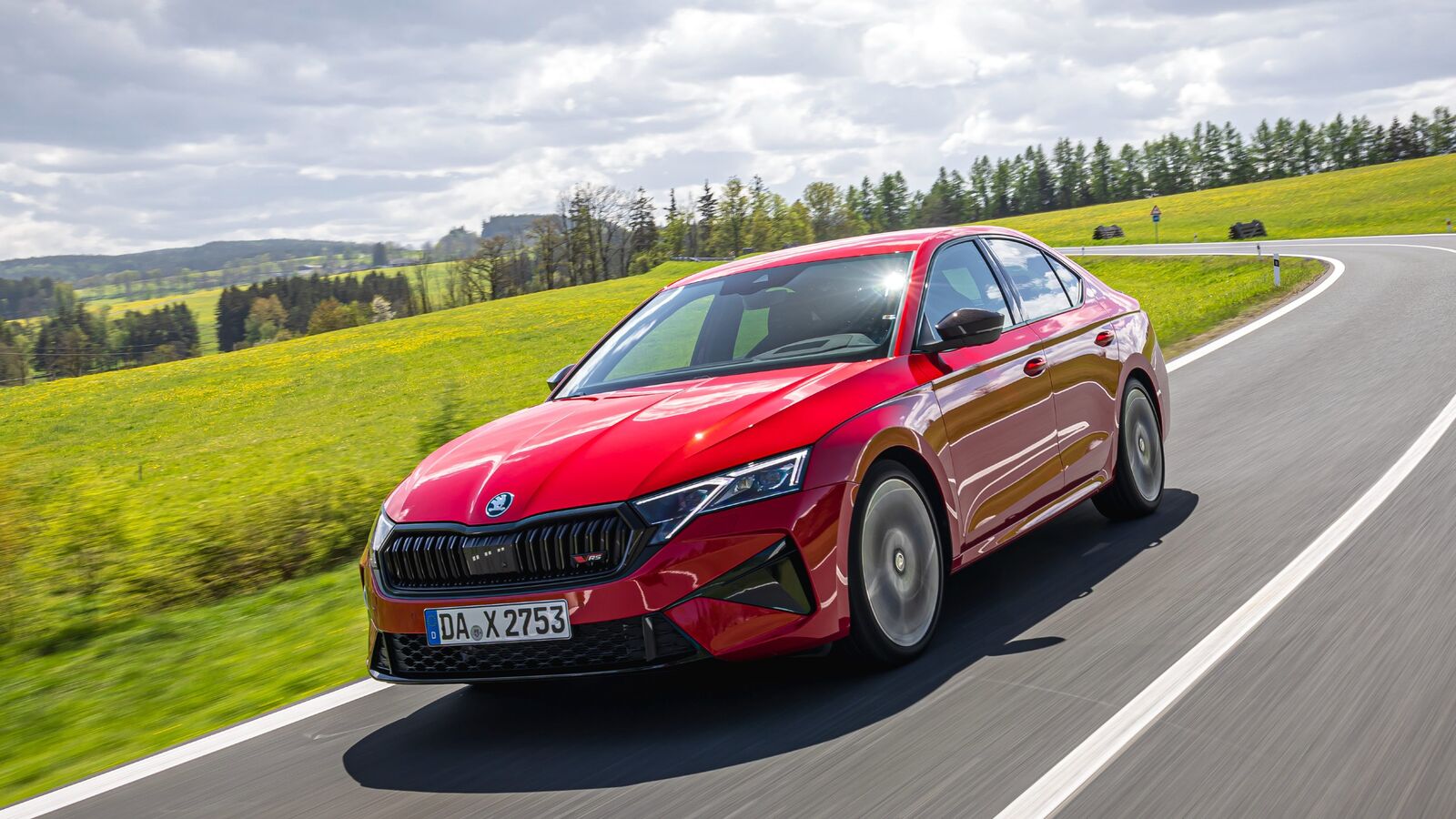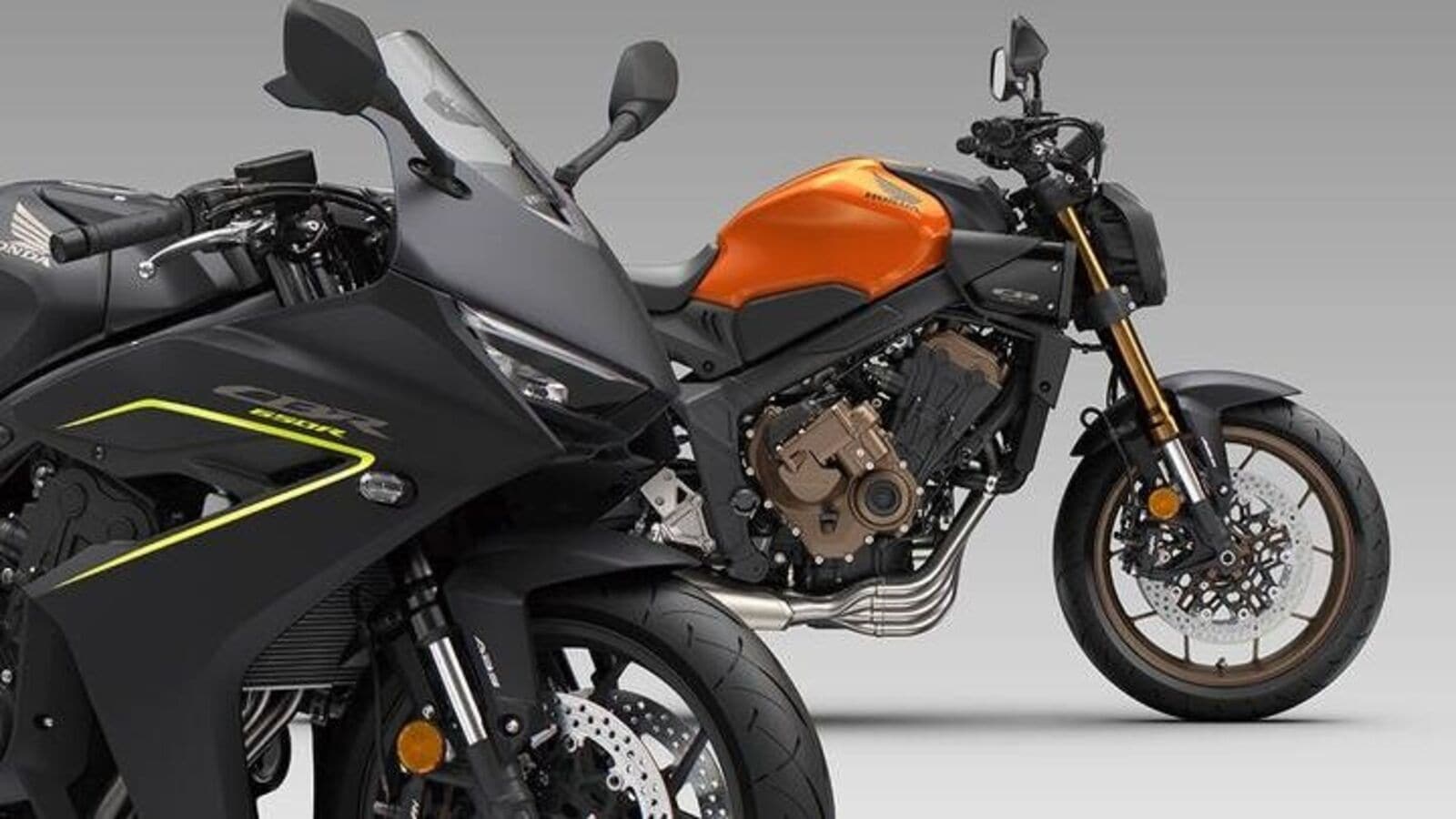- The 2025 Venue N-Line marks a generational change for the sporty sub-compact SUV and comes with a design overhaul, an advanced tech suite and additional safety technology.
View personalized offers
2025 Hyundai Venue N-Line unveiled in India along with standard model, with bookings open for token amount 25,000. Billed as a performance-focused version of the regular Venue, the new model marks a generational upgrade with a revised design, an upgraded tech suite and advanced driver-assistance systems. The sporty sub-compact SUV is designed for young enthusiasts and features cosmetic upgrades, specially tuned components and new features.


The sub-compact SUV will be offered in two trims, N6 and N10, and will be offered in five monotone and three dual-tone color options, including Atlas White, Dragon Red, Hazel Blue and Abyss Black, with a contrast black roof option for select colours. Official pricing details will be available closer to the actual launch.
2025 Hyundai Venue N-Line: at a glance
| parameters | Description |
|---|---|
| engine | 1.0L Kappa Turbo GDI Petrol |
| displacement | 998 cc |
| Power | 120 PS @ 6,000 rpm |
| Torque: | 172 Nm @ 1,500-4,000 rpm |
| transfer | 6-speed MT / 7-speed DCT with paddle shifters |
| Dimensions (L x W x H) | 3995 x 1800 x 1665 mm |
| wheelbase | 2,520 mm |
| Suspension (F/R) | MacPherson Strut/CTBA with coil springs |
| brake(f/r) | Disc/Disc (Red Calipers) |
| tire | 215/55 R17 alloy (diamond cut, N-logo) |
| key features | N-Line body kit, dual exhaust, black-red cabin, 12.3″ dual display, Bose 8-speakers, aroma diffuser, ADAS L2 (21 features), OTA updates |
| color options | 5 monotone, 3 dual-tone (including new hazel blue and dragon red) |
2025 Hyundai Venue N-Line: Design details
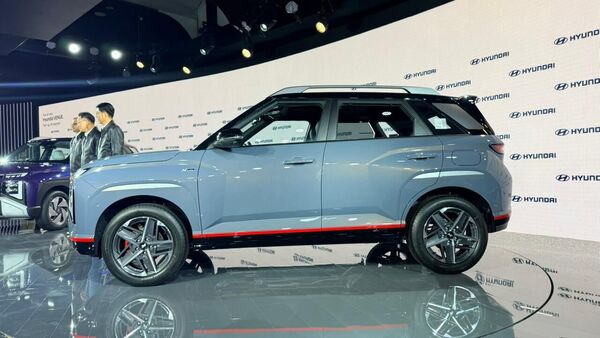
The new generation Venue N-Line incorporates distinctive design elements to differentiate it from the standard version. It has a dark chrome front grille and special bumpers for a more aggressive look. It is available in dual-tone color options with red exterior accents, including a trim that extends over the wheelbase. The car gets 17-inch diamond-cut alloy wheels with N branding and red brake callipers, while the rear gets an N-line wing-type spoiler with LED high-mounted stop lamp to highlight its sporty looks.
The cabin continues the N-Line treatment with a black and red interior theme, N-branded leather seats and red contrast stitching on the upholstery. The steering wheel and gear lever are also N-Line exclusive, and the driver gets metal paddles. The updated dashboard layout now focuses on the new dual 12.3-inch displays, complemented by a Bose 8-speaker sound system and multi-colour ambient lighting. Hyundai has also added a smart aroma diffuser and support for over-the-air (OTA) updates for vehicle systems.
Also read: 2025 Hyundai Venue launched 7.89 lakh. Receives more clear design and advanced technology
2025 Hyundai Venue N-Line: Powertrain
Power comes from the familiar 1.0-litre turbo-petrol engine, which produces 118 bhp and 172 Nm of torque. This motor can be mated to a 6-speed manual or a 7-speed DCT with paddle shifters. The Venue N-Line also offers selectable drive modes (Eco, Normal, Sport) and individual traction control settings (sand, mud, snow) on the steering wheel, while the exhaust has been tuned for a sportier sound profile.
2025 Hyundai Venue N-Line: Feature suite
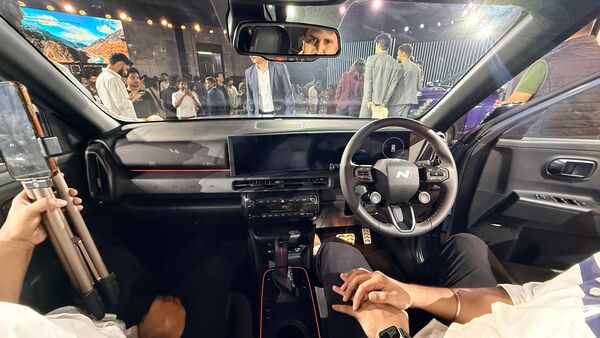
The new N-Line runs on the new generation Venue's CCNC (Connected Car Navigation Cockpit), developed with NVIDIA computing architecture. The setup focuses on dual 12.3-inch curved panoramic screens for the infotainment and digital cluster, which supports navigation, OTA updates and wireless smartphone connectivity with customizable layouts, better UI and intuitive controls. This dual-display cockpit also features drive mode themes and ADAS alerts.
Cool features include ventilated front seats, a wireless smartphone charger, a voice-enabled sunroof, and a cooled glovebox. The driver benefits from a 4-way electrically adjustable seat, while rear passengers get dedicated AC vents and two-stage reclining seats.
Also Read: New Hyundai Venue vs Old Hyundai Venue – Know All Features
2025 Hyundai Venue N-Line: Safety technology
The Venue N-Line offers an extensive list of safety technology, including 360-degree camera, blind-view monitor, EPB with auto-hold and the new Level 2 ADAS with 21 features. This system offers adaptive cruise control, lane-keeping assist, and forward collision avoidance, among other functions. Hyundai says the Venue N Line also includes more than 40 standard safety features and a stronger body shell.
Hyundai has no intention of abandoning its N-Line range, and with it, the South Korean carmaker is able to target driving enthusiasts who want a sportier offering without having to step into the full-on performance segment with a higher-priced hot hatch or sedan. The 2025 Venue N-Line strengthens Hyundai's hold on this niche market amid increasing competition from brands offering sport-style iterations of their own models.
Upcoming cars in India in 2025, check out the best SUVs in India.
First publication date: 04 November 2025, 13:34 PM IST

